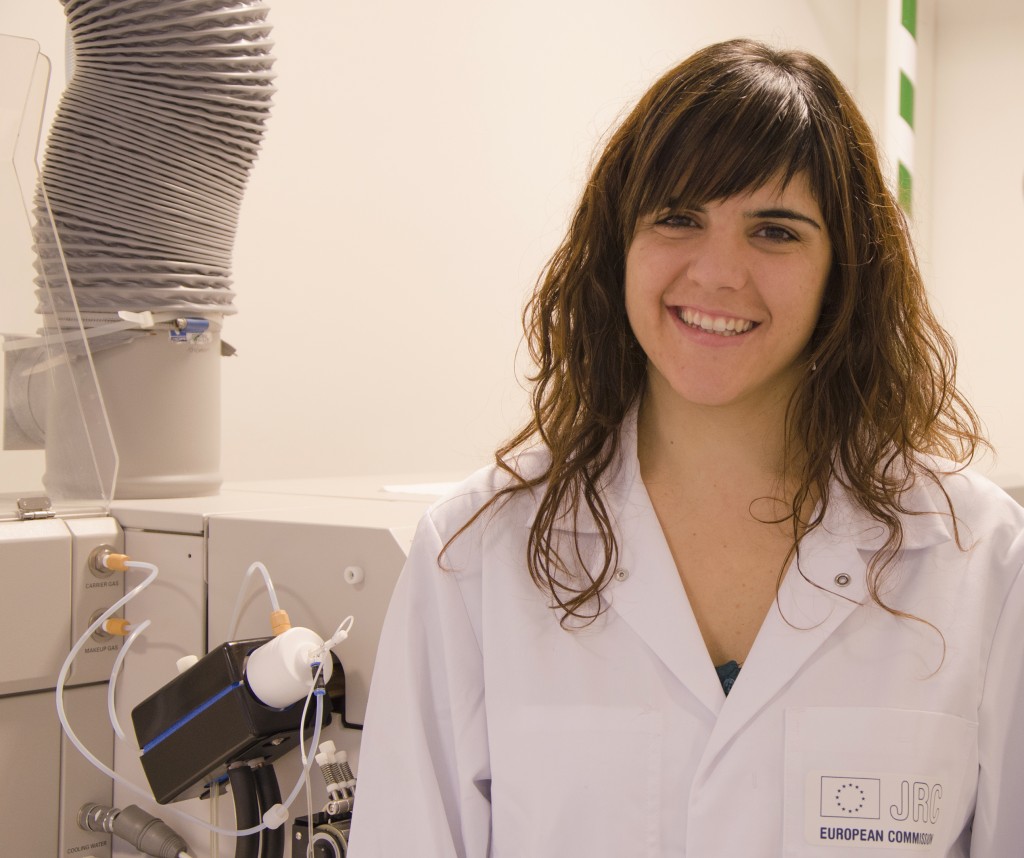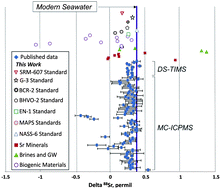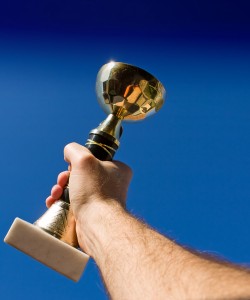Today, we interview Raquel Sánchez Romero, a Post-Doctoral Scientist at Institute for Reference Materials and Measurements, JRC, EC.
Raquel in his lab in Geel, Belgium
Who or what inspired you to become a scientist?
Although I was interested in Math when I was a child, after my participation in a “Chemistry Olympics” during my last high school year I decided to study Chemistry. There I realized how Chemistry could be the key to explain many things that awoke my curiosity.
Why did you choose your research group/University and what factors influenced your choice?
I have to admit that research was not among my first interests until I started working on it. It was during the last year of my degree at the University of Alicante (Spain), when I had my first contact with research. And I discovered my vocation. Under the supervision of Prof. José Luis Todolí, I started to apply ICP-OES for the analysis of organic matrices. This project had a direct application in real life and thus was the main factor to decide to continue and I started my PhD. It was a project in collaboration with the IFP-Energies nouvelles (Lyon, France), under the supervision of Dr. Lienemann. It focused on the investigation of possible solutions to the day-to-day problems in the analysis of petroleum, its derivatives and biofuels by ICP techniques.
Can you explain a bit the purpose of your current research activities?
As project manager, I am currently working on the development, production and certification of reference materials in the area of environmental science. Moreover, I am currently working in the development and validation of methods for the analysis of environmental samples by inductively coupled plasma mass spectrometry.
How is a typical day in your lab?
I cannot say I really have a typical day in my job, since I have many different tasks and projects to manage. So depending of the day-to-day priorities, I schedule my work focusing on the method development and therefore the tasks of the lab or on the coordination of my projects. If I have to work in the lab, I usually arrive pretty early. I try to prepare everything to start measuring early. So I am able to analyze the results before going home. In this way I am able to plan the lab work for the next day. However, if I have to spend my day at my desk, I normally come a bit later and I work until late. I am more creative after my coffee around 10 in the morning. So I spend my first hour and a half working on easy tasks.
What common activities are organized in your research group?
There are two types of activities, those linked to the work as CRM development producer and those, outside working hours, orientated towards the integration of all the staff. With regard to the first ones, for instance different meetings are organized from general meetings, such as unit meetings, to the more specific ones, such as laboratory meetings or group meetings. Moreover, different trainings are offered.
Regarding the social activities, the unit organised two special meals during the year and a special day with the families. Also, whenever there is someone’s birthday, we bring cakes to celebrate it. My institution organizes several social events throughout the year such as a summer barbecue, an end-of-the-year party … Also there are different social clubs (bowling, volleyball, cooking …) that you can join if you like.
What app/programs do you typically use?
Besides Microsoft Office tools, I use the software specific to the instruments. Also, I use the program SoftCRM, a special software for evaluation data from reference material certifications. I use End Note for the management of my references. Presently, I am working with the program R to make some statistical analysis.
How do you search for scientific information? How do you manage your bibliography?
I am subscribed to email alerts of several journals, so I can keep up with all the latest papers. When I am looking for a particular paper, I normally use the Web of Science. Then, I organized my bibliography using End Notes. I order the papers by subject in different End Notes libraries.
What are your views on JAAS? Which type of articles do you prefer? Do you miss some content?
JAAS is one of my reference journals. I started to follow it from the beginning of my career as researcher. As one of the most important journals in my field, it covers almost all the areas related to atomic spectrometry and lists the most recent and important jobs. Not only I have followed the journal as a reader, most of my papers have been published in this journal. What I like the best is that there is no limitation on figures, tables and pages allowing the authors to present all the data necessary to support the main results.
What do you like and dislike the most about your work?
I am considering myself a lucky person because I can work on what I like. Of course, the part I enjoy the most is working in the laboratory. I enjoy that not all days are the same. I enjoy new challenges to analyze and try to solve them. Like many people in this field, the part that I dislike more is the administrative paperwork. Moreover, I really like working in an international environment. I have the opportunity to meet people from around the world and learn new cultures… What I dislike is being away from my family.
What do you expect to be doing in 5 years time?
This is a tricky question. I like the fact that my days are not all equal. I like the new challenges, I like asking me why… And, I think that only when you do research you are confronted with this. So I hope to continue working in this field. Moreover, the combination of research and teaching would be perfect. My greatest wish would be to obtain a Professor position and to transmit my enthusiasm for science.
What do you enjoy doing when you are not in the lab?
The truth is I’m pretty active in my free time. I like sports, so I go to the gym, running, trekking and I occasionally play basketball. Also I use part of my free time to improve and complete my training, for example my language skills. I like going out, travelling, reading, cooking… I am part of the cooking and bowling club of my institution.
Thanks, Raquel! Keep up with the good work on CRMs, we all need them!
Have a look at the latests articles of Raquel in JAAS:
Raquel Sánchez, Carlos Sánchez, José Luis Todolí, Charles-Philippe Lienemann and Jean-Michel Mermet
Francisco Ardini, Marco Grotti, Raquel Sánchez and José Luis Todolí















